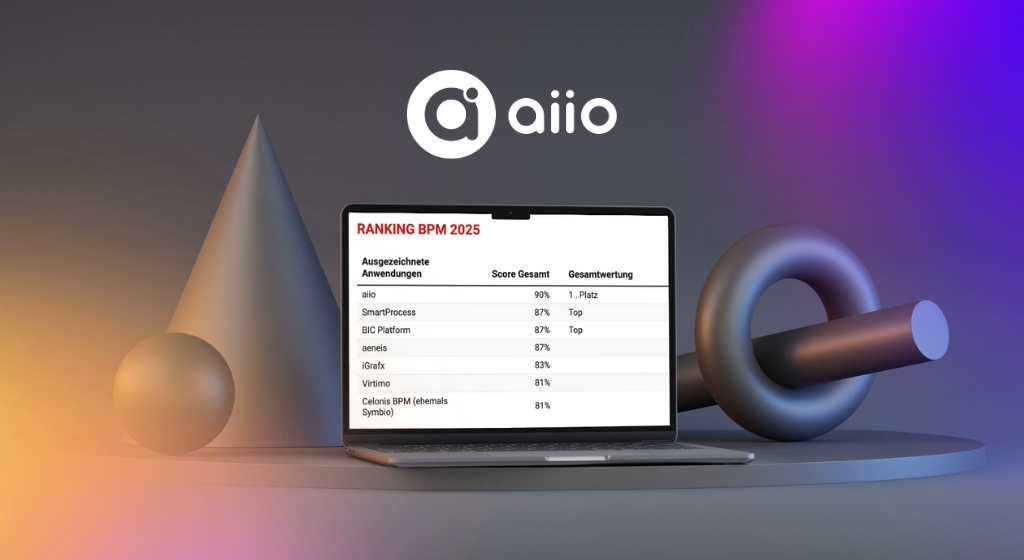Sudden employee turnover... now what? This is how you deal with staff changes!

The average length of employment at a company is decreasing! You read that right – (especially younger) employees are staying at the same company for shorter periods on average. I assume this doesn't come as a surprise to anyone (GenZ/Millennials who feel attacked right now: #nofront, I'm one of you), but it's a fact that employee tenure is decreasing for a variety of reasons.
"It's easier to attract talent than to retain it" is often the second observation that comes up. This naturally presents companies with several problems, especially with regard to productivity and continuity within ongoing business operations; after all, constantly training new colleagues consumes expensive resources. This starts with the time the instructor has to spend introducing the colleague instead of on their own work, and ends with errors within the business processes that only arose because some details about the new colleague's tasks were lost during the training phase. Employee turnover can therefore cause serious problems in the company, which is why every company should be well-prepared for such cases!
But how exactly do I, as the person in charge, approach the problem? The requirements are actually clear: we need to be able to offer the new colleagues a system that details the tasks they are to perform in the company. The system must not only be easily accessible, but above all clear and understandable. Ideally, the necessary information should also come not only from a manager separate from the actual work process, but also from the (formerly) responsible colleague themselves. This ensures that the recorded process also corresponds to the company's practice.
Process management as a company guide
A possible solution for this requirement profile can be found in a process management system (sounds unsexy at first glance, but it isn't, I promise!). Such a system also requires time and effort, but it also offers solutions for a wide range of problems, including employee turnover: Process management systems first condense the existing workflows (processes) that take place in the company into a central database. A well-filled process management system can therefore already fulfill the requirement of mapping the tasks of previous colleagues in detail – check.
You might now be thinking "well, getting to grips with such a system takes just as much time", but there is also a solution for this: roles is the keyword. Really good BPM systems are filled in combination with an organizational chart, which is based not only on the individual people in the company, but also on their role in the company. So for the system, it is not Ms. Blau who was responsible for product development, but simply the product manager – who simply has to be changed in the next step. In this sense, this makes the adaptation process much more pleasant not only for the new colleague, but also for the company itself.
In addition to improved onboarding, process management can also help retain employees in the company - by sustainably improving the workforce's everyday working life, offering opportunities for improvement and focusing the corporate culture on the success of its own employees.
Always having an overview of tasks and responsibilities not only contributes to a smoother process within the company, but also ensures that the workforce generally experiences less stress: if you don't overlook anything, you can't be stressed by undiscovered worries (and mental health is important, we all know that!).
An overview of your own processes also offers the opportunity to optimize them more quickly and effectively. Processes can be used to increase employee productivity - and if you feel productive and function well in your job, you are more satisfied, right?
With a proper process management system, we have a way to make it much easier for new colleagues to get started, as they can be informed about the details of their new job much more quickly – without any information being lost anywhere. At the same time, existing employees can also be given a method to continue optimizing their own work and thus always have "something new" in the familiar company. Of course, a certain amount of training time and associated maintenance effort cannot be eliminated... but it is reduced as much as possible.
Don't hesitate, ask directly
Please use our contact form. Our team will get back to you as soon as possible.

.jpeg)


